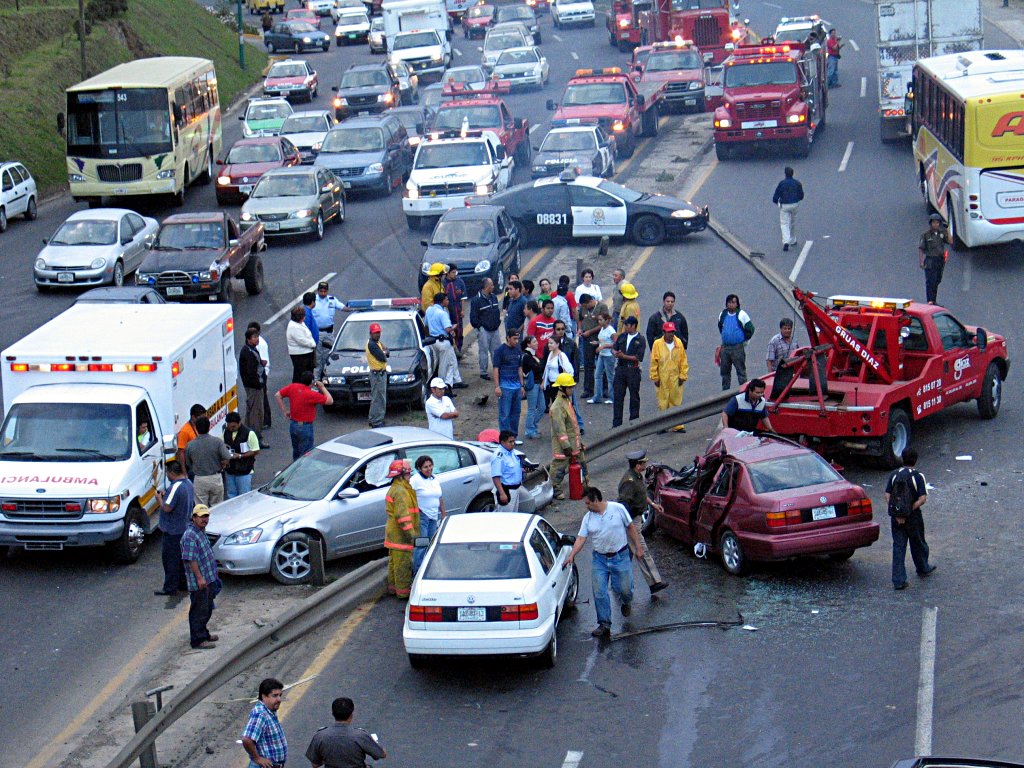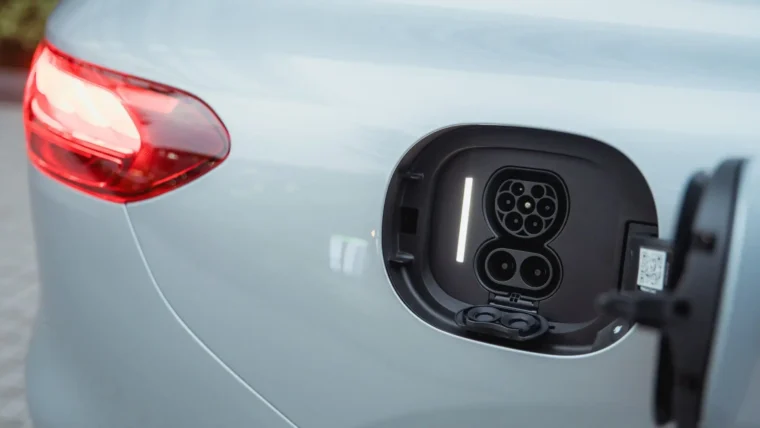For part 2 of our insurance coverage, we will look into what need to be done in an event of an accident *touch wood*.
1. Stay calm. First things first, turn off your car engine, if it’s not running anymore. turn the key to the ‘off” position and remove it before you leave your vehicle. Observe the damage. Try to gauge the situation and make sure the other party is okay. If they are injured, immediately call for an ambulance. (this may sound weird, but do remember to put your gearshift into the ‘P’ position, and engage the handbrake, you won’t believe how many forget to do this, in a panic following an accident – CW.)
2. Safety. After the accident, move your vehicle to somewhere else safer (if possible). If your car has been damaged too heavily, then leave it at the scene, do not attempt to move it. Also do not move your vehicle if the other party is badly injured, or worse. If there is a fatality involved, leave everything as it is, and do not move any of the vehicles involved till the police get there. Try not to obstruct traffic and turn on your hazard lights. Remember, this is the right time to use your hazard lights! (if it’s just a minor fender bender, and there are no injuries involved, move the vehicles to a place where it’s not obstructing traffic as soon as possible, preferably out of sight, because you know fellow motorists are a curious lot and love to slow down to gawk. – CW.)
3. Taking down details. Take note of the other party’s number plate, car make, car type, time of incident and location. If the other party isn’t injured, ask them for their details like the full name, IC number, contact phone number and address. If possible, get details of witnesses as well. However, do not take photos of the other party’s IC, instead write it down. Remember you do not have the right to hold-on or keep someone’s IC or driver’s license, you’re only allowed to get their details.
4. Take photos. Now that almost everyone has a smart phone, you should take photos of the damage to your car and the other party’s car, as well as the whole ‘scene’ overall. Also take photos of the site of incident. While you may tempted to discuss who was at fault, hold that. That is the job of the police, not you.
5. Get to a police station within 24-hours. You will need to report the accident within 24 hours. If it is not possible to drive your car, then get it towed. Some insurance companies offer towing services, so its best to check with your insurance company or insurance policy for more details. For those who signed up with the Automobile Association of Malaysia (AAM), they too offer a towing service. Be wary of some towing companies, or tow-trucks that show up too soon, these ‘vultures’ are known take advantage of the situation. (as helpful as they may seem – “don’t worry I settle everything for you” is the famous line – do not simply let them tow your car away, and never sign anything they give you. – CW.)
6. Details for the police. If possible, make the police report with the other party. The police will require all critical information from both parties. If you are injured, settle your injuries beforehand. The vehicles involved in the accident will also be needed to be photographed by the investigating officer, who will be assigned to your ‘case’ by the sergeant in charge.
7. To the workshop. Most insurance companies will have a panel workshop. Check with them where their panel workshop is, and inform the tow truck operator to get it towed there. Remove any valuables from your car, like cash, Smart Tag, Touch & Go card, sunglasses, etc. Basically take all your personal belongings. (keep an empty foldable tote-bag in the boot of your car, it’s always handy to have one on standby. – CW.)
8. Inform your insurance company. Check from within your insurance policy, there will be a phone number to report accidents. Even if you do not intend to claim your insurance, it’s best to let them know, in case of liability against you. If you have to claim, make sure you have all the required documents, like a copy of the police report, a copy of your insurance policy, vehicle registration card, a copy of your road tax, IC and driving license of the car owner and driver and any documents from the other party.
With the amount of cars we have on the road today, accidents are bound to happen. But if it does happen, would you know how to handle the situation correctly? Now you do! Look out for our next instalment coming soon!
Have something to say? Leave us a comment below.
Other posts by AF Newsdesk








